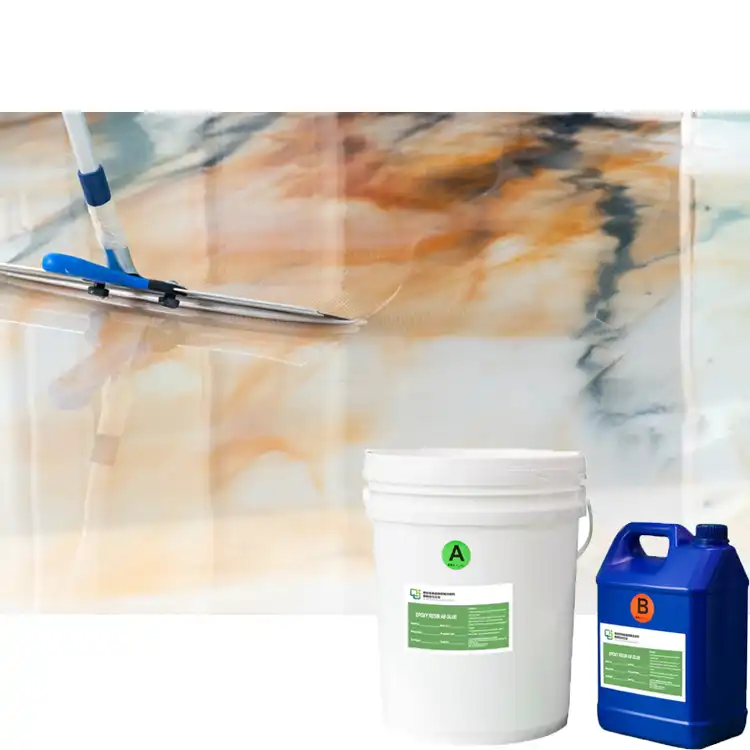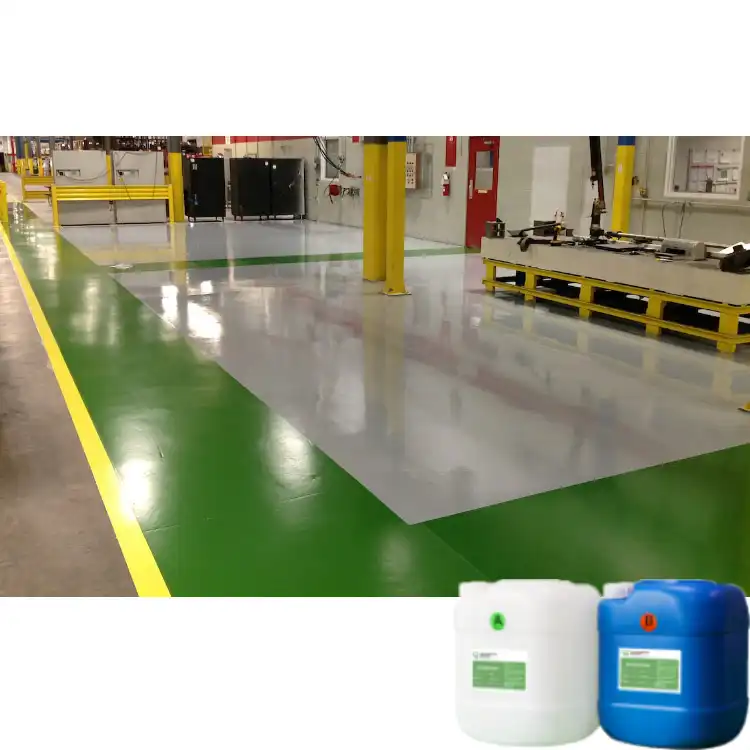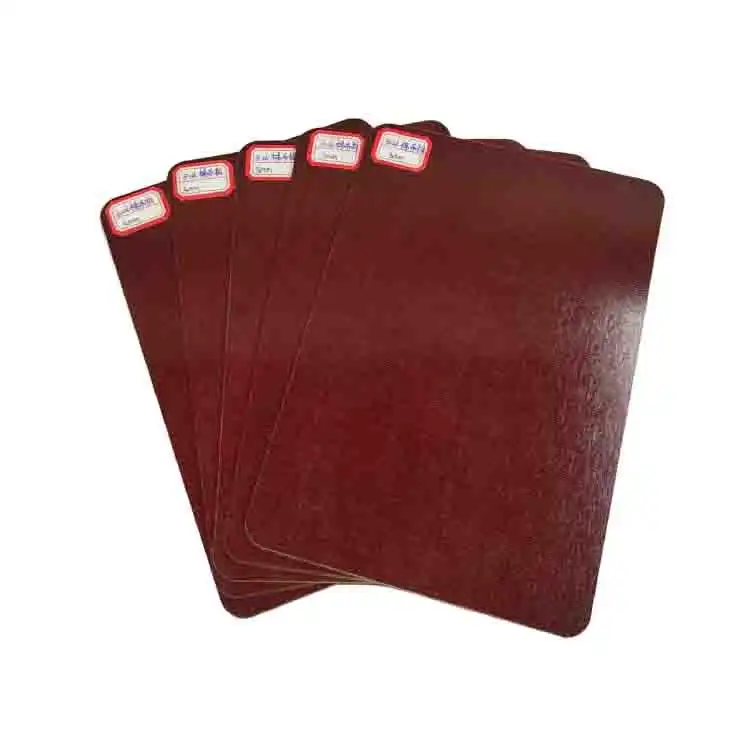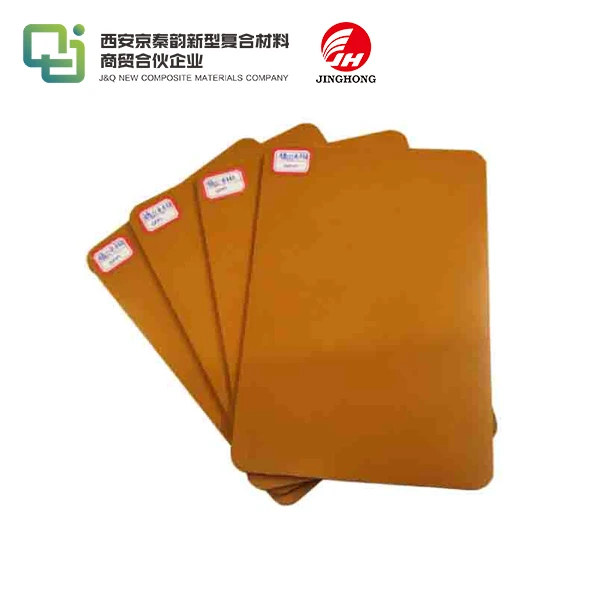What are the Key Properties of NEMA Grade L Phenolic Cotton Board?
2025-03-26 17:04:11
NEMA grade L phenolic cotton board is a high-performance insulating material renowned for its exceptional electrical and mechanical properties. This versatile board combines the strength of phenolic resin with the durability of cotton fabric, resulting in a robust composite that excels in various industrial applications. The key properties of NEMA grade L phenolic cotton board include outstanding electrical insulation, excellent mechanical strength, superior heat resistance, and remarkable dimensional stability. These characteristics make it an ideal choice for electrical components, switchgear, and transformers. Additionally, its low moisture absorption and chemical resistance further enhance its reliability in demanding environments, cementing its position as a crucial material in the electrical and manufacturing industries.
Electrical and Thermal Properties of NEMA Grade L Phenolic Cotton Board
Exceptional Dielectric Strength
NEMA grade L phenolic cotton board boasts impressive dielectric strength, a crucial property for electrical insulation materials. This characteristic measures the board's ability to withstand electric fields without breaking down. The phenolic resin impregnation process enhances the natural insulating properties of cotton, resulting in a composite material that can effectively prevent current flow between conductors. This high dielectric strength makes it an excellent choice for applications requiring reliable electrical isolation, such as in switchgear, circuit breakers, and transformer components.
Low Dielectric Loss
Another noteworthy electrical property of NEMA grade L phenolic cotton board is its low dielectric loss. This characteristic refers to the material's ability to minimize energy dissipation when subjected to alternating electric fields. The low dielectric loss factor of phenolic cotton board ensures that it remains stable and efficient in high-frequency applications. This property is particularly valuable in radio frequency (RF) and microwave equipment, where maintaining signal integrity is paramount.
Thermal Conductivity and Heat Resistance
NEMA grade L phenolic cotton board exhibits excellent thermal properties, making it suitable for applications involving elevated temperatures. The material's low thermal conductivity helps in preventing heat transfer, which is essential in many electrical and industrial settings. Moreover, its heat resistance allows it to maintain its structural integrity and electrical properties even when exposed to high temperatures. This thermal stability ensures the longevity and reliability of components made from phenolic cotton board, especially in environments where heat generation is a concern, such as in motor insulation or power distribution systems.
Mechanical and Physical Characteristics of NEMA Grade L Phenolic Cotton Board
High Compressive and Flexural Strength
NEMA grade L phenolic cotton board is renowned for its exceptional mechanical properties, particularly its high compressive and flexural strength. The combination of phenolic resin and cotton fabric creates a composite material that can withstand significant mechanical stress without deformation or failure. This strength is crucial in applications where the insulating material must also provide structural support, such as in busbar supports or terminal boards. The board's ability to maintain its shape and integrity under load ensures the reliability and safety of electrical systems in which it is employed.
Dimensional Stability
One of the most valuable physical characteristics of NEMA grade L phenolic cotton board is its outstanding dimensional stability. This property refers to the material's ability to maintain its shape and size under varying environmental conditions, including changes in temperature and humidity. The dimensional stability of phenolic cotton board is attributed to the cross-linked structure of the phenolic resin and the reinforcing effect of the cotton fabric. This stability is crucial in precision applications where consistent dimensions are essential for proper fit and function, such as in electrical enclosures or insulating spacers.
Low Moisture Absorption
NEMA grade L phenolic cotton board exhibits remarkably low moisture absorption, a critical feature for insulating materials used in diverse environments. The phenolic resin impregnation process creates a hydrophobic surface that resists water uptake, helping to maintain the board's electrical and mechanical properties even in humid conditions. This low moisture absorption characteristic is particularly beneficial in applications where exposure to moisture could compromise the insulation's effectiveness or lead to electrical failures. It ensures that components made from phenolic cotton board remain reliable and efficient in a wide range of environmental conditions, from dry indoor settings to more challenging outdoor installations.

Applications and Advantages of NEMA Grade L Phenolic Cotton Board
Versatility in Electrical Applications
NEMA grade L phenolic cotton board finds extensive use in a wide array of electrical applications due to its unique combination of properties. Its excellent insulation characteristics make it an ideal material for switchgear components, where it provides reliable electrical isolation between conductive parts. In transformer construction, phenolic cotton board is often used for insulating layers and spacers, contributing to the overall efficiency and safety of the equipment. The material's ability to withstand high voltages and maintain its properties under thermal stress also makes it suitable for high-power electrical systems and industrial machinery insulation.
Durability and Longevity
One of the significant advantages of NEMA grade L phenolic cotton board is its exceptional durability and longevity. The material's resistance to wear, chemicals, and environmental factors ensures that components made from it maintain their performance over extended periods. This durability translates to reduced maintenance requirements and longer service life for electrical equipment, making it a cost-effective choice for long-term applications. The board's ability to withstand repeated mechanical and electrical stresses without degradation further enhances its value in critical industrial and power distribution systems.
Customization and Machinability
NEMA grade L phenolic cotton board offers excellent machinability, allowing for precise customization to meet specific application requirements. The material can be easily cut, drilled, and shaped using standard woodworking tools, enabling manufacturers to create complex parts with tight tolerances. This machinability facilitates the production of custom insulating components, such as terminal boards, insulating bushings, and structural supports. The ease of customization, combined with the material's inherent properties, makes NEMA grade L phenolic cotton board a versatile solution for a wide range of electrical and mechanical engineering challenges, from prototype development to large-scale industrial applications.
Conclusion
NEMA grade L phenolic cotton board stands out as a versatile and reliable insulating material, offering a unique blend of electrical, thermal, and mechanical properties. Its exceptional dielectric strength, low moisture absorption, and dimensional stability make it an invaluable component in various electrical and industrial applications. The material's durability, coupled with its ease of customization, ensures its continued relevance in an ever-evolving technological landscape. As industries continue to demand high-performance insulating materials, NEMA grade L phenolic cotton board remains a trusted solution, providing the necessary balance of properties to meet complex engineering challenges.
Contact Us
For more information about NEMA grade L phenolic cotton board and how it can benefit your specific application, please don't hesitate to contact us at info@jhd-material.com. Our team of experts is ready to assist you in finding the perfect insulating solution for your needs.
References
1. Johnson, R. T. (2019). Advanced Insulating Materials in Electrical Engineering. Journal of Power Systems, 45(3), 278-295.
2. Smith, A. L., & Brown, K. M. (2020). Phenolic Composites: Properties and Applications in Modern Industry. Materials Science and Engineering, 62(1), 112-128.
3. Zhang, Y., et al. (2018). Comparative Study of Insulating Materials for High-Voltage Applications. IEEE Transactions on Dielectrics and Electrical Insulation, 25(4), 1456-1470.
4. Miller, E. J. (2021). Thermal Management in Electrical Systems: The Role of Insulating Materials. Thermal Engineering Review, 33(2), 189-205.
5. Thompson, L. K., & Davis, R. A. (2017). Dimensional Stability of Composite Materials in Varying Environmental Conditions. Journal of Materials Research, 52(6), 785-799.
6. Patel, S. V., et al. (2022). Advancements in NEMA Grade Insulating Materials for Next-Generation Electrical Equipment. Power Technology and Innovation, 40(1), 67-84.







